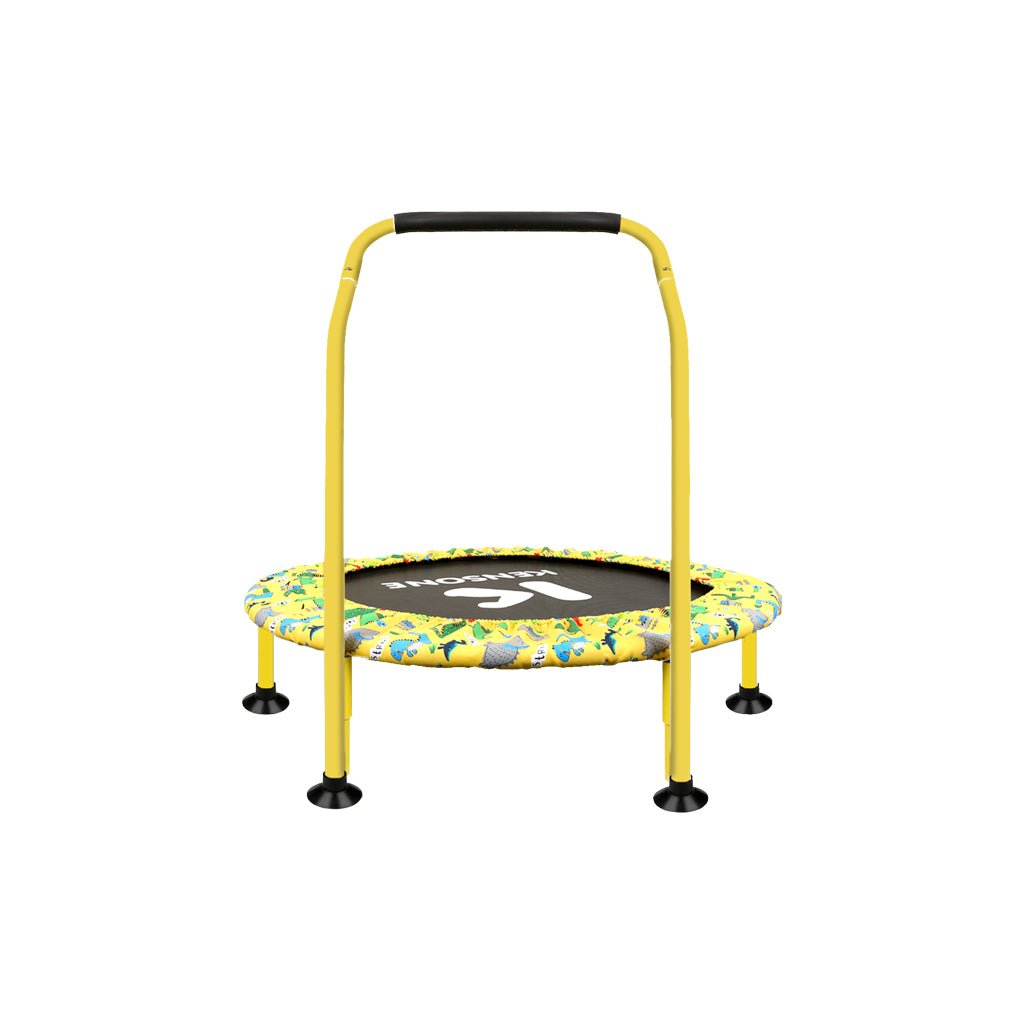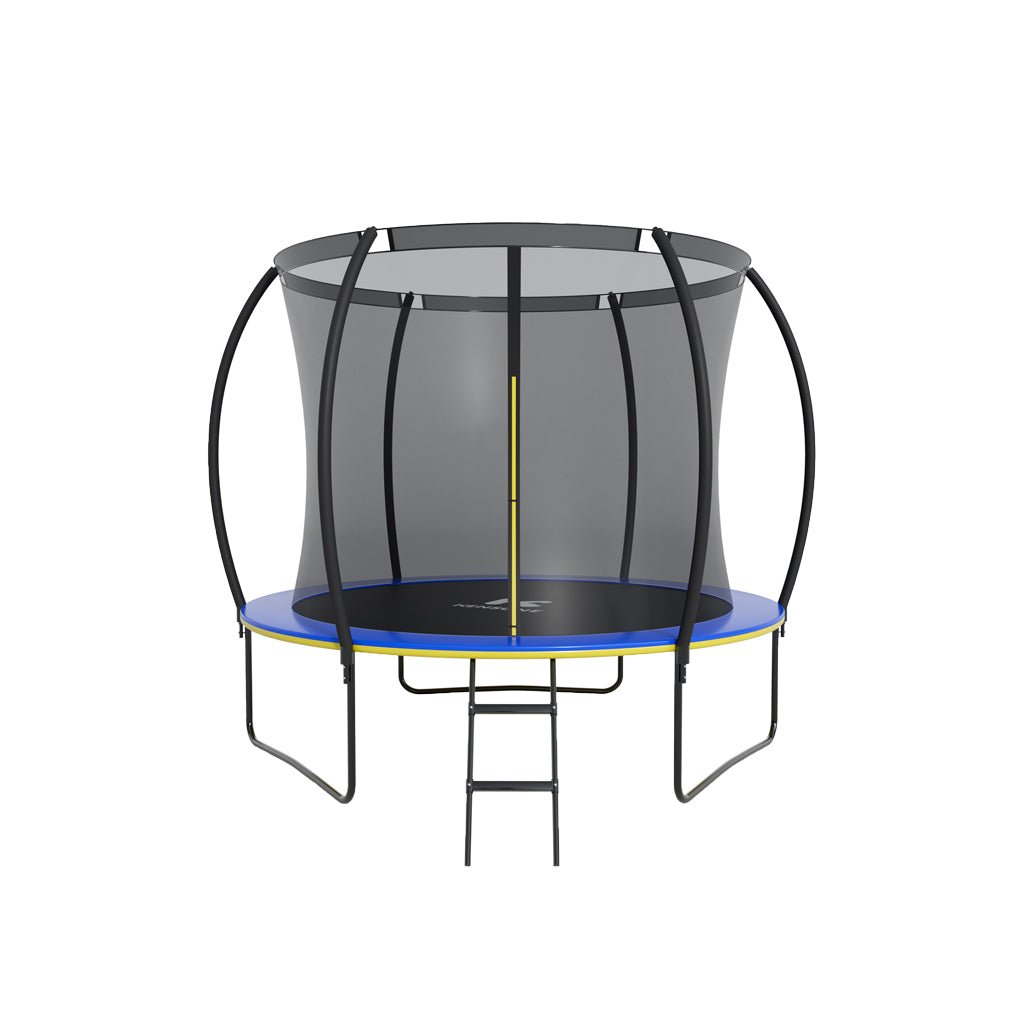Trampolining for Better Balance in Seniors
As we grow older, balance and stability become more challenging. Falls are a major cause of injury among the elderly, often leading to broken bones and even death in severe cases. Finding ways to improve seniors' ability to recover from falls is crucial for maintaining mobility and independence.
Age-Related Decline in Balance Recovery
When balance is lost, taking rapid and effective steps to regain stability is essential. However, as we age, our ability to take quick, stabilizing recovery steps declines. Compared to younger adults, older individuals often take shorter, slower steps when trying to catch themselves after tripping or stumbling. This age-related reduction in balance recovery performance can seriously impact seniors' health and quality of life.
Could Mini-Trampolines Help?
Recent research investigated whether consistent mini-trampoline training could enhance elderly individuals' dynamic stability and fall recovery capability.
A team of scientists conducted a 14-week study on a group of older adults aged 65-71. They tested whether a specialized mini-trampoline training program could improve participants' ability to regain balance after a sudden forward fall.
Simulating Real-Life Falls in the Lab
To mimic real-life falls in a controlled setting, researchers used a clever experimental setup. They had subjects stand on a force plate that could tilt them abruptly forward without warning. To catch themselves, participants had to take a single recovery step onto another force plate.
Sensors tracked body movements and ground reaction forces, allowing scientists to assess dynamic stability and stepping reactions when balance was lost unexpectedly.

Measuring Baseline Fall Recovery Performance
Before training began, researchers tilted subjects progressively further forward until they could no longer catch themselves with just one step. This process determined each individual's baseline ability to recover balance from a fall.

The maximum forward lean angle was recorded for each participant. Scientists also quantified the "margin of stability" at the instant of release - how far subjects could lean before total loss of balance.
14 Weeks of Trampoline Training
The experimental group then did specialized mini-trampoline training twice a week for 14 weeks. Each 90-minute session included warmups, rests, and a variety of balance challenges.
Some exercises worked on widening the base of support by taking big side-to-side steps. Others focused on core strength and control by adding rotations or arm movements. The key was incorporating dynamic motions that mimicked real-life fall recovery strategies.
Improved Fall Recovery After Training
After the 14-week training period, researchers repeated the forward fall simulations using the same setup. The trampoline training group showed major improvements compared to their pre-training performance.
On average, they were able to regain balance from a 35% more tilted angle than before training. Ankle strength also increased by 10%, helping drive their recovery steps.
The control group, which did no training, showed no significant pre-post differences in their fall recovery ability. The specialized trampoline training provided clear benefits the control group missed out on.

Quicker Muscle Activation After Training
Interestingly, trampoline exercise did not increase the maximum hip strength subjects utilized to take recovery steps. However, it did significantly boost how quickly hip muscles generated that strength after the induced fall.
This allowed subjects to achieve better positioning of the recovery foot earlier after release. Faster hip muscle activation translated to quicker stabilizing steps after balance was disrupted.
Conclusion: It's Never Too Late
In conclusion, this research shows that short-term mini-trampoline training can significantly improve balance and stability in seniors after only 14 weeks. It strengthens lower body muscles and enhances how rapidly those muscles respond to sudden balance loss. Together, these effects lead to faster, more effective recovery steps to prevent falls.
So it's never too late for older adults to bounce their way to better balance! Incorporating dynamic mini-trampoline routines is an easy and engaging way for seniors to boost their stability, prevent injurious tumbles, and maintain an active lifestyle.
FAQs
Q: How long does it take to see results from mini-trampoline training?
A: This study found significant improvements after just 14 weeks of biweekly training. Benefits included increased strength and quicker muscle activation leading to more effective balance recovery steps.
Q: How old were the study participants? Would younger seniors see benefits too?
A: The subjects were aged 65-71 years. Though not studied, younger seniors could also likely gain stability and fall prevention benefits from mini-trampoline training.
Q: What if I have mobility or health issues? Is mini-trampolining safe?
A: Check with your doctor before starting any new exercise routine. Low-impact mini-trampoline training can often be adapted for those with limited mobility. Avoid exercises that cause pain.
Q: Do I need special equipment? Where can I do trampoline training?
A: A basic mini-trampoline, also called a rebounder, is the only equipment required. Mini-tramps can be used indoors or outdoors. Local gyms or senior centers may also offer trampoline classes.
Q: I'm worried about falling. What precautions should I take?
A: Proper supervision, spotting, and safety measures like grab bars are important. Warm up first and start slow. Stop any activity that feels unsafe. Building confidence is a gradual process.
"🌟 Curious about the wonders of trampoline training? Dive into our extensive guide 📚! From enhancing balance and fall recovery in older adults to the positive effects on treating various diseases and aiding bodily function recovery, trampolines offer remarkable health benefits 🩺👵. Uncover how trampolining can elevate your quality of life at any age. Click here to leap into the full spectrum of trampoline advantages for your body and mind! 💪🤸♂️✨
Aragão FA, Karamanidis K, Vaz MA, Arampatzis A. Mini-trampoline exercise related to mechanisms of dynamic stability improves the ability to regain balance in elderly. J Electromyogr Kinesiol. 2011 Jun;21(3):512-8. doi: 10.1016/j.jelekin.2011.01.003. Epub 2011 Feb 8. PMID: 21306917.









